Ending Australia’s ore-inspired Chinese boom?
Enjoy it while it lasts. The Australian economy has been carried through the Covid-19 disaster so far by the 2019-20 highest-ever $101 billion wave of iron ore flowing to China. But beware; this wave may eventually turn out to be a dumper, leaving an over-resourced industry and an economically shrunken major customer being supplied more from Africa than Australia. According to a Lowy Institute paper, the African continent has similar, but mostly untapped, levels of iron ore reserves as Australia. Chinese steelmakers have called on their government to increase investment in Africa’s iron-ore deposits and China’s state-controlled Global Times recently threatened that China was willing to curb Australian iron ore imports and would ‘pay more and spend time to seek alternatives from Brazil or Africa’. Chinese investment in Africa’s natural resources, which began in earnest two decades ago, is in line with China’s long-term quest for self-reliance in key commodities – along with hegemonic political objectives. South Africa is already China’s third-largest source of iron ore (a distant third behind Australia and Brazil) and Mauritania is among its top 15 suppliers. Among the eleven other potentials, the Guinean government last month approved an agreement for a China-backed consortium to spend $US14 billion developing Simandou, the world’s largest known untapped iron ore deposit located in the remote, mountainous southeast part of the country.
So Australia, with China by far its major export market (but never a top source of investment) should beware the wounded dragon. China’s aggressive stance against the West in general, and Australia in particular, is a direct consequence of the economic damage that caused it to reveal in June that, for the first time in 30 years, there would be no Chinese economic growth target for 2020. This was not just because of the virus that it thrust upon the world (and itself); its economy was on a slide well before the Wuhan bats pushed it over the edge. As the perceptive Australian investment guide The Rum Rebellion asserted last week, this renunciation of China’s hallowed growth targets has triggered the beginning of what will be ‘Australia’s biggest downturn since the great depression’. Having bankrolled Australia’s increase in wealth over the past few decades, a severely weakened China ‘poses a great risk to our ongoing prosperity – and to our national security’. Abandoning the growth target came after China’s economy fell nearly seven per cent in the first quarter of 2020, its debt-to-GDP ratio rose to 317 per cent with credit growth running well ahead of GDP. So the debt-to-GDP ratio ‘will continue blowing out to even more dangerous levels’ as Beijing seeks to placate its growing middle class by keeping the economy bubbling with more massive infrastructure spending (empty apartment buildings and roads to nowhere?). But its strategy of diverting any rumblings of discontent into anti-Western xenophobia (it was all America’s – and Australia’s – fault) with a confrontational bellicose propaganda campaign both at home and abroad, is being seen to be more a sign of weakness than strength as the West refuses to kow-tow to China. The Atlantic wrote a couple of months ago:
The heavy hand of the state in China’s economy — a source of envy for many US policy makers — may be dragging it down. Bureaucrats’ direct bank loans, subsidies, and other resources to notoriously bloated and inefficient state-owned enterprises, loss-making ‘zombie’ companies, and useless infrastructure projects, amassing a potentially destabilising mountain of debt are killing off much-needed productivity gains. Add in a shrinking workforce — fallout from the one-child policy — an inadequate welfare system and a waste-ridden property sector, and China may be primed for economic turmoil.
Resolving the much-hyped ‘threat’ posed by ‘excessive’ Chinese investment (‘Australia is selling off natural resources, farmland and property to China at a rate that is putting us at risk of becoming its 24th province’), is not the objective of the tough measures being introduced against ‘foreign’ (but really Chinese) investment in Australia.
The government’s concerns relate to the potential threat to national security posed by foreign control of critical infrastructure, technology and data. Overall Chinese overseas investment had already collapsed (apart from in some of its Belt and Road partners) in favour of stimulatory spending at home. The first five months of this year saw the value of China’s outbound acquisitions fall 88 per cent compared to the same period last year, according to one study. And fears that depressed asset values due to Covid-19 would lead to a Chinese foreign shopping spree have not eventuated. The well-founded perception among Chinese investors that Australia is ‘less welcoming’ is evidenced by a KPMG survey revealing that Chinese investment in Australia collapsed by two-thirds in 2019 (even pre-CV-19) from $10.3 billion two years ago to $3.4 billion – the lowest since before the GFC. Significantly, state-owned corporations dropped to less than 20 per cent of this and private Chinese companies focussed heavily on agricultural and health-care industries. KPMG expects that while existing Chinese investors will continue with planned expansion, particularly where there are growing export opportunities to China, there will be no new Chinese large-scale investment. China’s traditional interest in Australian mining was down by more than half last year due, according to KPMG, to increasing domestic Chinese pressure to reduce emissions and is despite continuing interest in base metals and lithium, the base raw material for global battery production
But while Chinese investment totalling $US107 billion since 2008 has contributed to Australia’s post-GFC economic prosperity, it is barely one tenth of the US’s one trillion dollars reported last month by Sydney University’s US Studies Centre. More than one out of every four dollars invested in Australia from overseas has come from the United States.
Australian ignorance about the foreign investment needed to generate our economic health was revealed in a recent poll where only 17 per cent knew that the US was Australia’s largest investment partner and 71 per cent wrongly thought it was China. With such a politically sensitive issue, ignorance is not bliss.
Got something to add? Join the discussion and comment below.
Get 10 issues for just $10
Subscribe to The Spectator Australia today for the next 10 magazine issues, plus full online access, for just $10.
You might disagree with half of it, but you’ll enjoy reading all of it. Try your first month for free, then just $2 a week for the remainder of your first year.

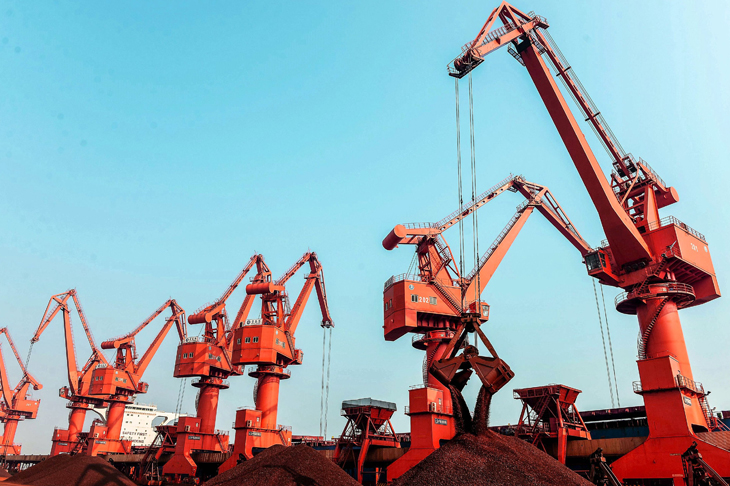
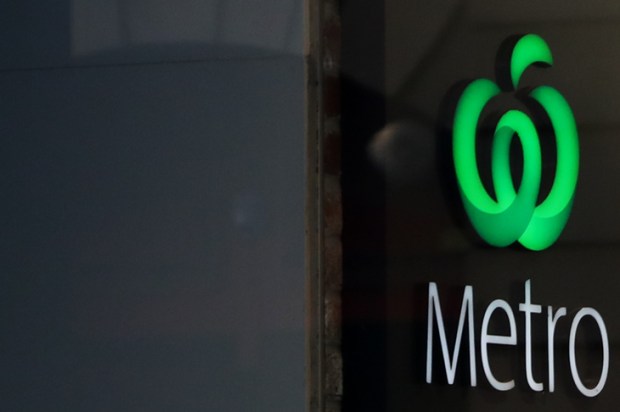
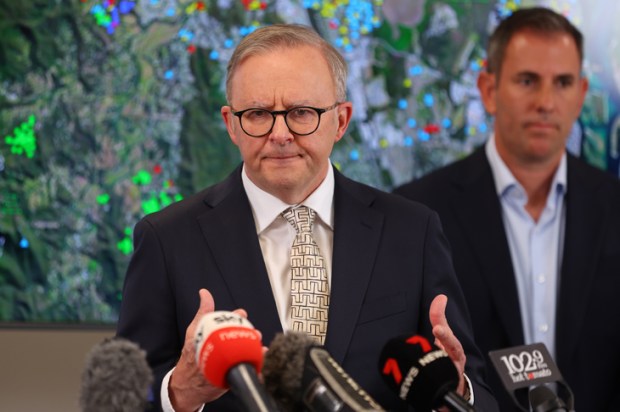
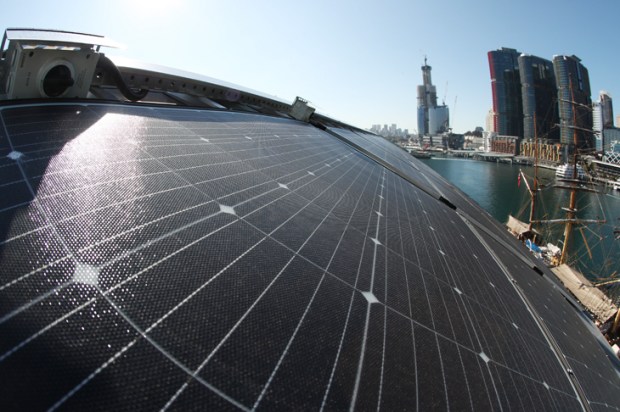

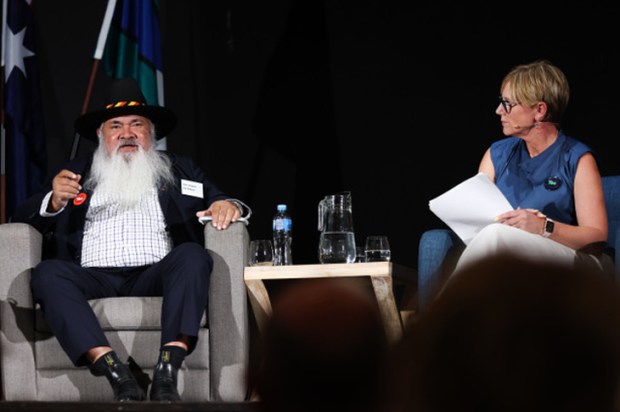







Comments
Don't miss out
Join the conversation with other Spectator Australia readers. Subscribe to leave a comment.
SUBSCRIBEAlready a subscriber? Log in